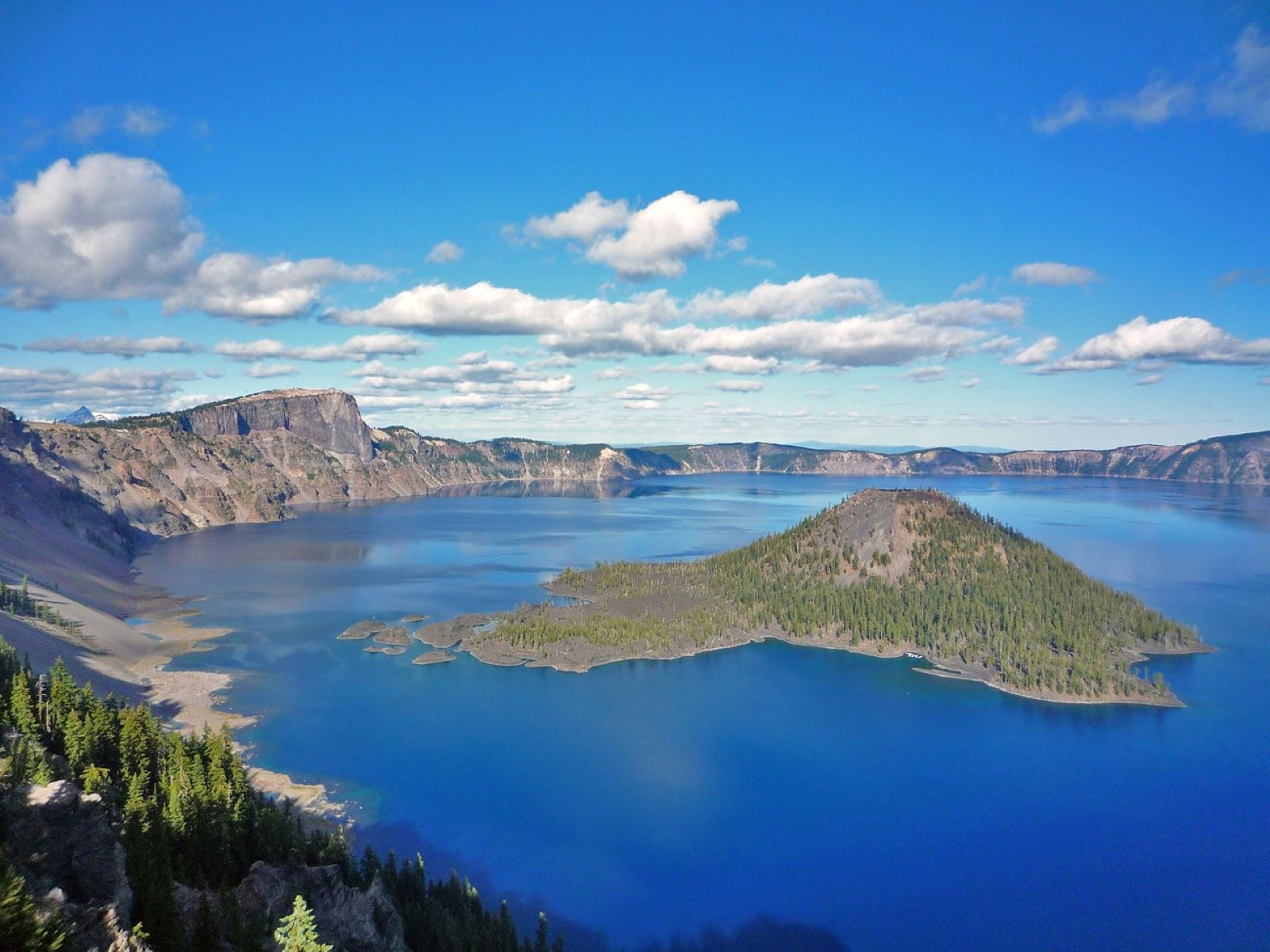The Mysteries Of Crater Lake

Have you ever wondered what makes Crater Lake so special? This stunning lake, located in Oregon, is the deepest in the United States. Formed over 7,000 years ago by a volcanic eruption, it boasts crystal-clear blue waters that attract visitors from all over. But there's more to this natural wonder than just its depth and beauty. From the fascinating history of its formation to the unique wildlife that calls it home, Crater Lake offers endless opportunities for adventure and learning. Whether you're planning a visit or just curious about this geological marvel, let's dive into the secrets of Crater Lake.
The Deepest Lake in the United States
Crater Lake, located in southern Oregon, is the deepest lake in the United States. Its depth reaches an astonishing 1,943 feet. Formed around 7,700 years ago by the collapse of a volcano, this lake offers breathtaking views and a rich history.
Rim Drive: This 33-mile scenic drive circles the lake, providing numerous viewpoints and photo opportunities. Each stop offers a unique perspective of the lake's deep blue waters.
Wizard Island: A volcanic cinder cone rising from the lake, Wizard Island is accessible by boat tours. Visitors can hike to the summit for panoramic views.
Cleetwood Cove Trail: The only trail that leads to the lake's shore, Cleetwood Cove Trail is a steep but rewarding hike. Swimming and fishing are popular activities here.
Unique Geological Features
Crater Lake's formation and geological features make it a fascinating destination for nature enthusiasts and geology buffs alike. The lake's clarity and color are unmatched, thanks to its unique origins.
Phantom Ship: This small island resembles a ghost ship, especially in the mist. Made of erosion-resistant lava, it stands as one of the lake's oldest formations.
Pumice Castle: A striking orange formation on the caldera wall, Pumice Castle is composed of pumice and other volcanic rocks. Its vibrant color contrasts beautifully with the surrounding landscape.
The Pinnacles: Located in the park's southeast corner, these needle-like formations were created by volcanic gases escaping through ash deposits. A short hike offers close-up views.
Flora and Fauna
The diverse ecosystem around Crater Lake supports a variety of plant and animal species. Exploring the park's trails and forests reveals the rich biodiversity of this unique environment.
Mount Scott: The highest peak in Crater Lake National Park, Mount Scott offers a challenging hike with rewarding views. Wildflowers and wildlife sightings are common along the trail.
Garfield Peak: A popular hiking destination, Garfield Peak provides stunning vistas of the lake and surrounding forests. The trail is lined with wildflowers in the summer months.
Watchman Peak: This short but steep hike leads to an old fire lookout. The summit offers incredible views of the lake, especially at sunset.
Seasonal Activities
Crater Lake's beauty changes with the seasons, offering a variety of activities year-round. Whether visiting in summer or winter, there's always something to do.
Snowshoeing: Winter transforms the park into a snowy wonderland. Snowshoeing is a popular way to explore the landscape, with ranger-led tours available.
Cross-Country Skiing: The park's trails are perfect for cross-country skiing. Glide through snow-covered forests and enjoy the serene winter scenery.
Boat Tours: In the summer, boat tours provide a unique perspective of the lake. Learn about the lake's history and geology while cruising its pristine waters.
Cultural Significance
Crater Lake holds cultural importance for Native American tribes, who have lived in the region for thousands of years. Their stories and traditions add depth to the understanding of this natural wonder.
Klamath Tribes: The Klamath Tribes have a deep connection to Crater Lake. Their legends tell of the lake's creation and its spiritual significance.
Historic Crater Lake Lodge: Built in 1915, this historic lodge offers a glimpse into the past. Enjoy a meal or stay overnight to experience the park's history firsthand.
Visitor Center: The Steel Visitor Center provides exhibits and films about the park's natural and cultural history. It's a great starting point for any visit.
Crater Lake's Timeless Allure
Crater Lake's beauty and mystery captivate everyone who visits. Its deep blue waters, formed by an ancient volcanic eruption, offer a unique experience. Hiking trails around the lake provide stunning views and a chance to connect with nature. The lake's clear waters are perfect for swimming, fishing, or just relaxing by the shore.
Wildlife around the lake adds to the adventure. From birds to deer, the area is teeming with life. Each season brings a new perspective, whether it's the vibrant colors of fall or the serene snow-covered landscape in winter.
Crater Lake is more than just a destination; it's a place to create lasting memories. Whether you're an adventurer, a nature lover, or someone seeking peace, Crater Lake has something for everyone. Plan your visit and discover the timeless allure of this natural wonder.

